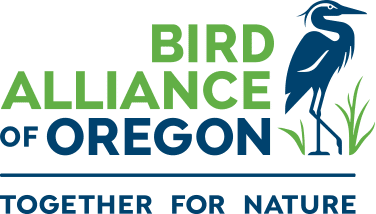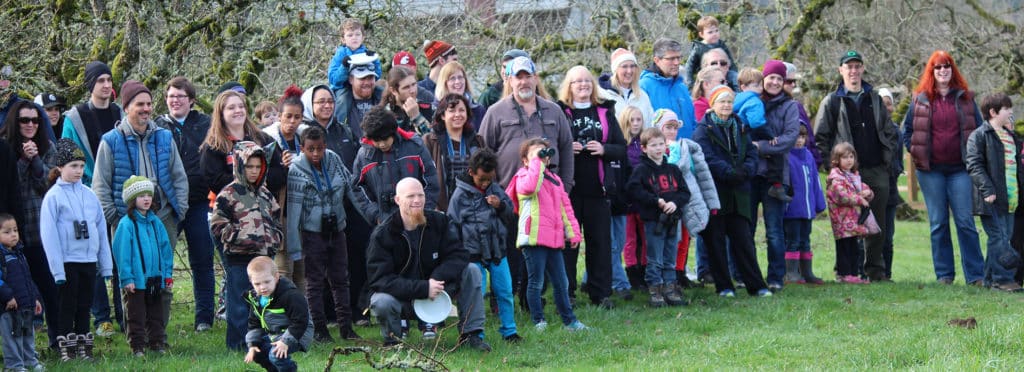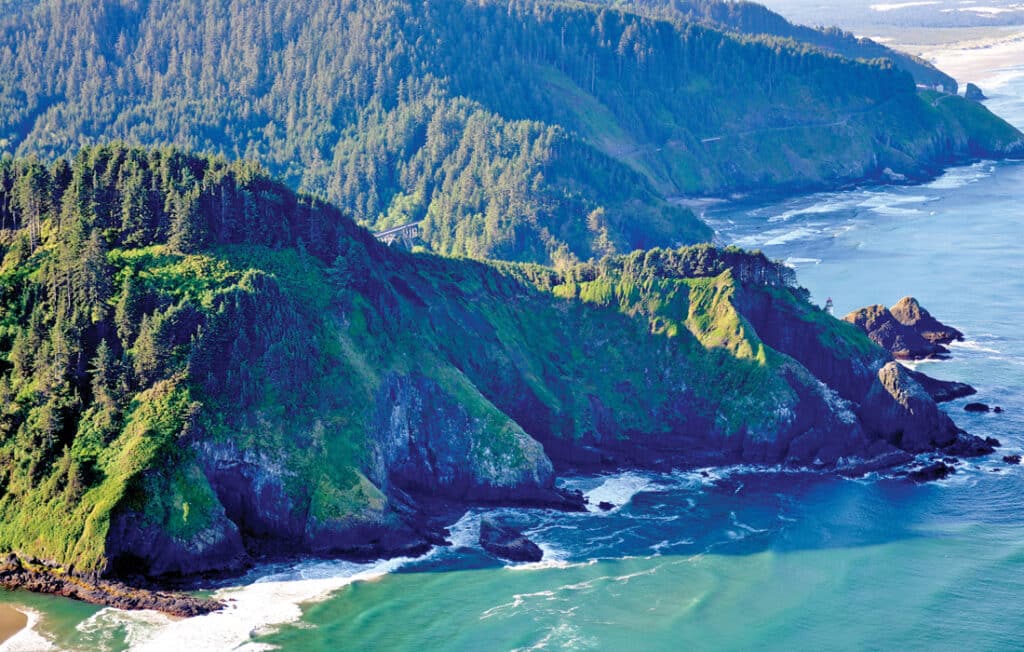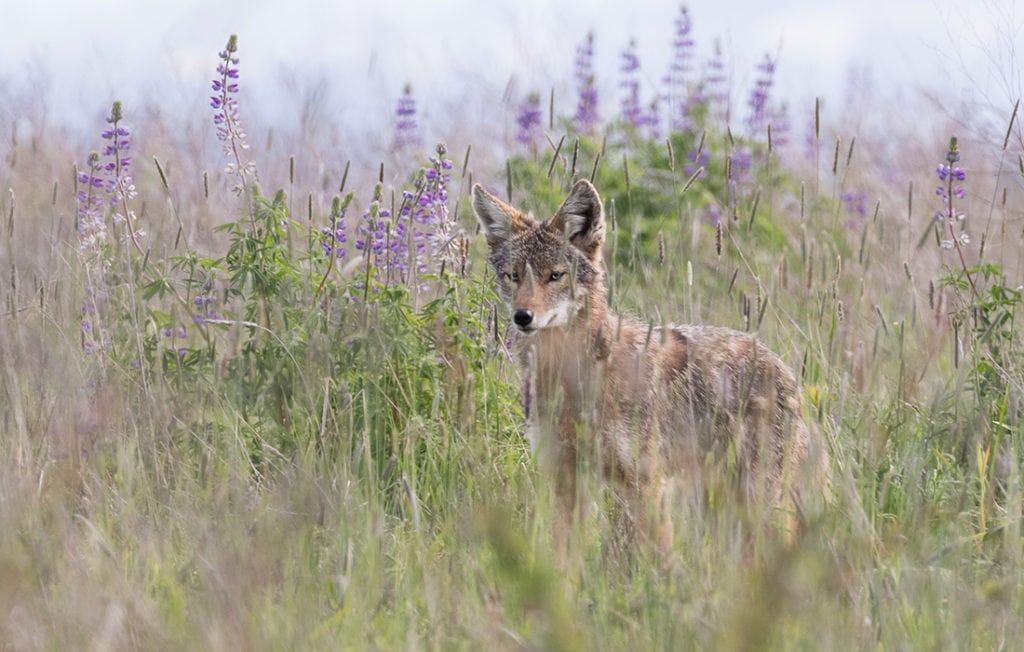
An abbreviated version of this birding bonanza is called a Big Day, which is exactly what it sounds like. In order to get the most species in a single day, you must target your efforts in the right place at the right time of year to maximize the available species. In the United States, Big Days typically happen in springtime and use lots of data to figure out when the neotropical migrants on their way to the boreal forests of Canada and the arctic tundra will be traveling through migration hotspots and when the local breeding birds will be in full swing. World Migratory Bird Day (WMBD), created by the Smithsonian Institution in 1993, celebrates this moment of bird convergence and is held annually on the second Saturdays of May (for northbound migrants) and October (for southbound migrants). Along with celebrating bird migration, WMBD also raises awareness of conservation issues and the challenges faced by migrating birds. Big Day birders across the Western Hemisphere will often schedule their count on this day and strive to identify as many birds as possible, whether through a 24-hour birding marathon in their local area, by hosting or attending festivals focused on migration, or by simply submitting eBird checklists.
Another way to celebrate World Migratory Bird Day is by place-based observation of birds as they migrate overhead or fuel up on plants and bugs below. This style of observation and counting is aptly called a Big Sit in birding vernacular. In addition to being much more relaxing than waking up at midnight to chase birds across hundreds of miles, Big Sits are accessible to more potential participants and provide migration snapshots that allow us to truly appreciate what our local birding hotspots mean to birds, whether it is a safe place to rest or a refueling stop on a long journey.
Bird Alliance of Oregon is hosting three Big Sits on May 13, this year’s World Migratory Bird Day, throughout important migratory habitats in Oregon: Malheur National Wildlife Refuge in eastern Oregon, Jackson Bottom Wetlands in Hillsboro, and Nehalem on the northern Oregon coast.
The theme of this year’s WMBD is the importance of water for migrating birds, and each Big Sit will take a snapshot of bird activity and illustrate the importance of diverse habitats. Come sit with us for as long as you’d like, whether that’s 20 minutes, an hour, or four, as we celebrate and count the birds we can record right from our chairs! Bring your own chairs and binoculars, though each location will have a few to loan. We will provide beverages, snacks, and conversation!



